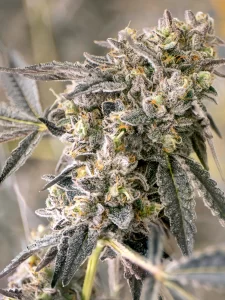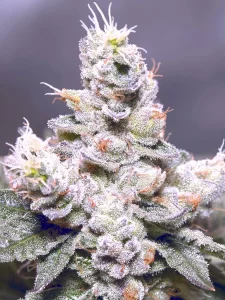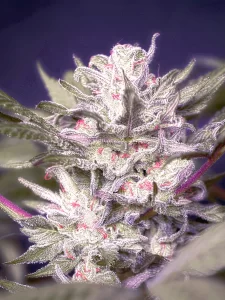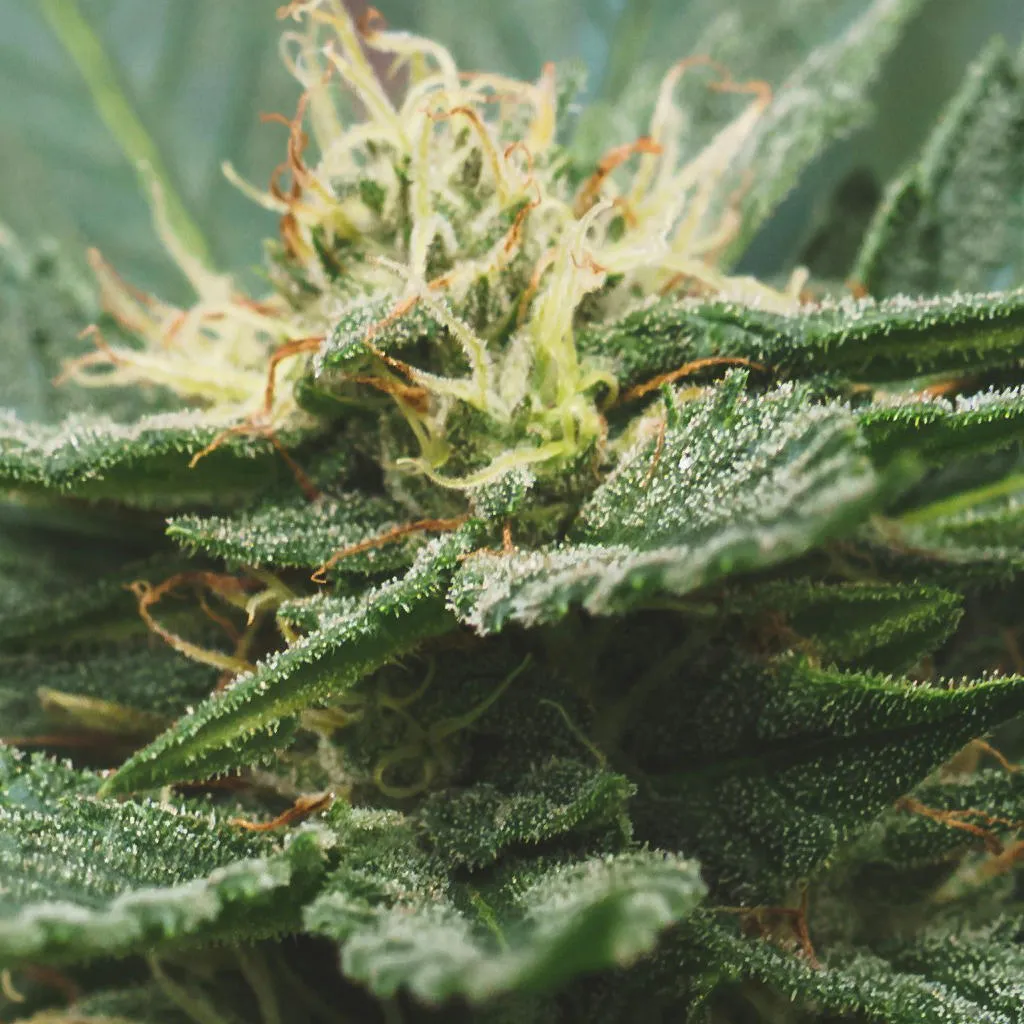Reviving Ancient Cannabis Strains with a Modern Twist
A Journey into the Past and Future of Cannabis
Cannabis has a rich history that spans millennia. From its use in ancient rituals to its role in traditional medicine, cannabis has always been a part of human culture. Today, as the cannabis industry evolves, there’s a growing trend toward rediscovering the roots of this remarkable plant. At Ministry of Cannabis, we embrace this movement by reviving ancient cannabis strains while adding a modern twist to cater to the preferences of contemporary cannabis enthusiasts.
But what does it mean to revive ancient cannabis strains? How does modern science enable the creation of potent, unique strains that honor the past while pushing the boundaries of cannabis genetics? In this article, we’ll explore these questions and uncover the exciting innovations happening in the world of cannabis.
The Legacy of Ancient Cannabis Strains
Cannabis cultivation dates back thousands of years, with some of the earliest evidence of its use found in ancient China, India, and the Middle East. These early strains, often referred to as “landrace” strains, evolved naturally in specific geographical regions, adapting to local climates and soil conditions. These landraces, such as Afghan Kush, Thai, Durban Poison, and Acapulco Gold, are the foundation of modern cannabis genetics.
Landrace strains are pure, unaltered cannabis plants, free from the hybridization that characterizes much of today’s cannabis market. They possess unique profiles of cannabinoids, terpenes, and flavors that reflect their natural environments. However, due to modern cultivation practices and the global cannabis boom, many of these strains have either disappeared or become rare.
At Ministry of Cannabis, we see the revival of these ancient strains as both a challenge and an opportunity. By preserving their genetic heritage and enhancing their qualities with modern techniques, we aim to create strains that honor their legacy while meeting the expectations of today’s cannabis consumers.
Reviving Ancient Strains: A Modern Approach
Reviving ancient cannabis strains involves more than simply reintroducing landraces into the market. It’s about carefully blending tradition with innovation to create strains that are potent, flavorful, and well-suited for modern cultivation.
1. Preserving the Genetic Integrity of Landrace Strains
The first step in reviving ancient strains is securing authentic genetic material. This often requires sourcing seeds from their native regions, a task that can be both time-consuming and challenging. At Ministry of Cannabis, we prioritize maintaining the genetic purity of landrace strains, ensuring their characteristics remain true to their origins.
2. Enhancing Potency and Flavor
While landrace strains offer unique profiles, they may not always meet modern expectations for potency or flavor complexity. Through selective breeding, we enhance these traits without compromising the strain’s natural essence. For instance, by crossbreeding landrace strains with carefully chosen hybrids, we can boost THC or CBD levels, introduce new terpene profiles, or improve overall yield.
3. Adapting to Modern Cultivation Techniques
Today’s cannabis cultivation often relies on advanced technologies like hydroponics, indoor growing systems, and climate control. Ancient strains, which evolved in outdoor settings, may require adaptation to thrive in these environments. By tweaking their genetics, we ensure they can flourish under modern conditions while retaining their original characteristics.
Ministry of Cannabis: Reviving the Classics
Our passion for innovation and respect for tradition guide our work at Ministry of Cannabis. Several of our cannabis strains pay homage to ancient genetics while offering a modern twist. Here are a few highlights:
1. White Widow
One of the most iconic strains in cannabis history, White Widow combines ancient Brazilian and South Indian genetics. At Ministry of Cannabis, we’ve refined this classic to enhance its potency and resin production, making it a favorite among both recreational and medicinal users.
2. Northern Lights
A descendant of ancient Afghani landrace strains, Northern Lights has been a staple in the cannabis world for decades. Our version captures the strain’s legendary relaxation effects while offering improved flavor and adaptability to indoor cultivation.
3. Big Bud XXL
Big Bud XXL is a modern take on a classic, renowned for its high yields and potent effects. By enhancing this strain with innovative breeding techniques, we’ve created a powerhouse that delivers massive buds and a balanced, euphoric high. This strain is perfect for growers seeking maximum productivity and consumers looking for a versatile experience.
The Science Behind Creating Potent Cannabis Strains
Modern cannabis breeding is as much an art as it is a science. While traditional methods relied on trial and error, today’s breeders have access to advanced tools and techniques that allow for precise manipulation of cannabis genetics.
1. Understanding Cannabinoids and Terpenes
The potency, flavor, and effects of a cannabis strain are determined by its cannabinoid and terpene profiles. Cannabinoids like THC and CBD interact with the body’s endocannabinoid system to produce various effects, while terpenes contribute to the plant’s aroma and can enhance its therapeutic properties.
At Ministry of Cannabis, we analyze these compounds to create strains with specific characteristics. For instance, we might develop a strain with high THC levels for recreational use or one rich in CBD for medicinal purposes.
2. Genetic Mapping and Marker-Assisted Breeding
Genetic mapping allows breeders to identify specific genes responsible for desired traits, such as high potency, pest resistance, or unique flavors. Marker-assisted breeding uses these genetic markers to guide the selection process, ensuring faster and more reliable results.
3. Hybridization
Hybridization involves crossbreeding two different strains to combine their best traits. For example, a sativa strain with uplifting effects might be crossed with an indica known for its relaxing properties to create a balanced hybrid.
4. Stabilizing New Strains
Once a new strain is created, it must be stabilized to ensure consistency across generations. This involves multiple rounds of breeding and selection to lock in the desired traits.
Looking to the Future: Innovation in Cannabis Breeding
The cannabis industry is rapidly evolving, with new technologies and research shaping the future of breeding. Here are some trends we’re excited about at Ministry of Cannabis:
1. CRISPR and Genetic Editing
CRISPR technology allows for precise editing of a plant’s DNA, opening up possibilities for creating strains with enhanced potency, unique flavors, or improved disease resistance.
2. Sustainable Cultivation Practices
As the industry grows, so does the need for sustainable practices. Breeding strains that require less water, nutrients, or energy to cultivate can help reduce the environmental impact of cannabis farming.
3. Customizable Effects
Advances in genetic research may one day allow breeders to create strains tailored to individual needs, whether for relaxation, focus, or pain relief.
4. Exploring the Entourage Effect
The entourage effect refers to the synergistic interaction between cannabinoids, terpenes, and other compounds in cannabis. By better understanding this phenomenon, breeders can create strains with enhanced therapeutic potential.
Conclusion: Honoring the Past, Embracing the Future
At Ministry of Cannabis, we believe that the future of cannabis strains lies in honoring their past. By reviving ancient cannabis strains with a modern twist, we’re preserving the rich heritage of this plant while pushing the boundaries of what cannabis can offer. Our commitment to innovation and quality ensures that every strain we create delivers an exceptional experience, whether you’re a seasoned connoisseur or a curious newcomer.
As science continues to unlock the secrets of cannabis genetics, the possibilities for creating potent, unique strains are virtually limitless. Join us on this journey as we explore the fascinating world of cannabis, from its ancient roots to its bright future. Together, we can celebrate the legacy of this incredible plant and discover what’s next.









